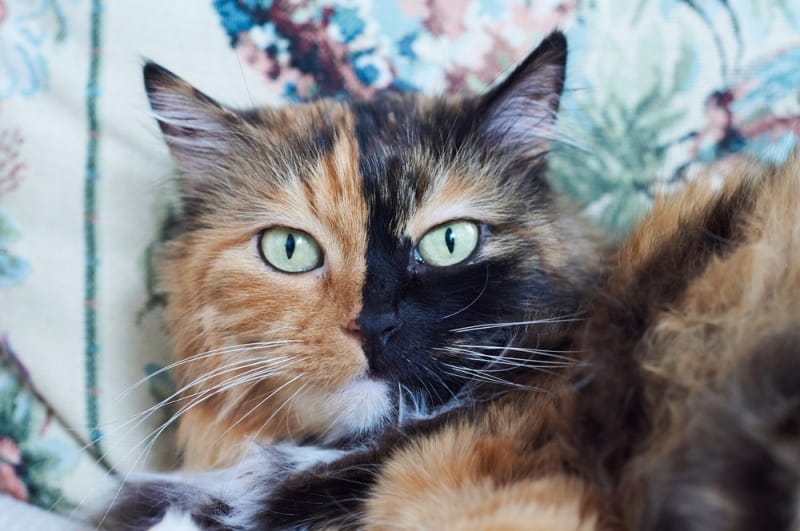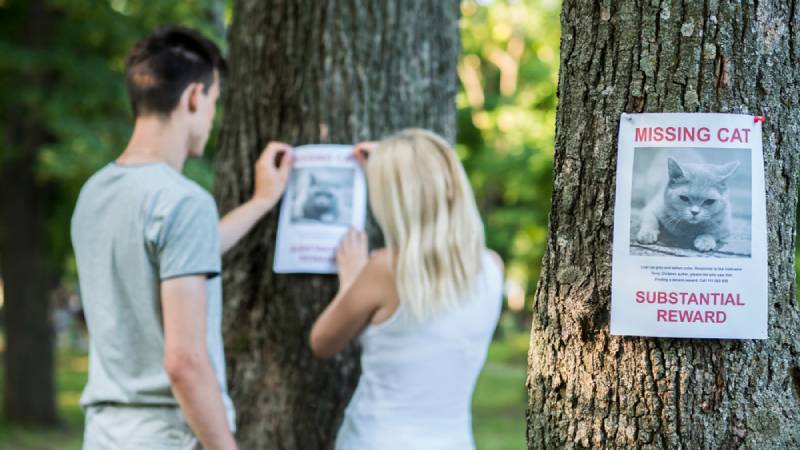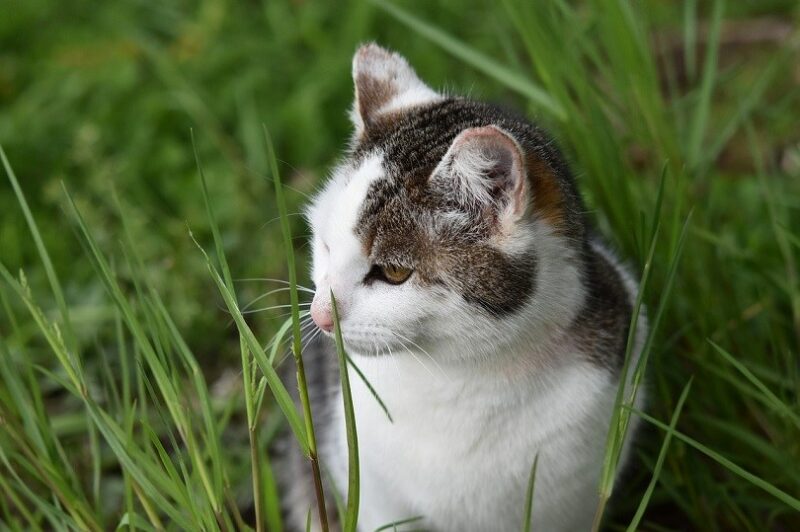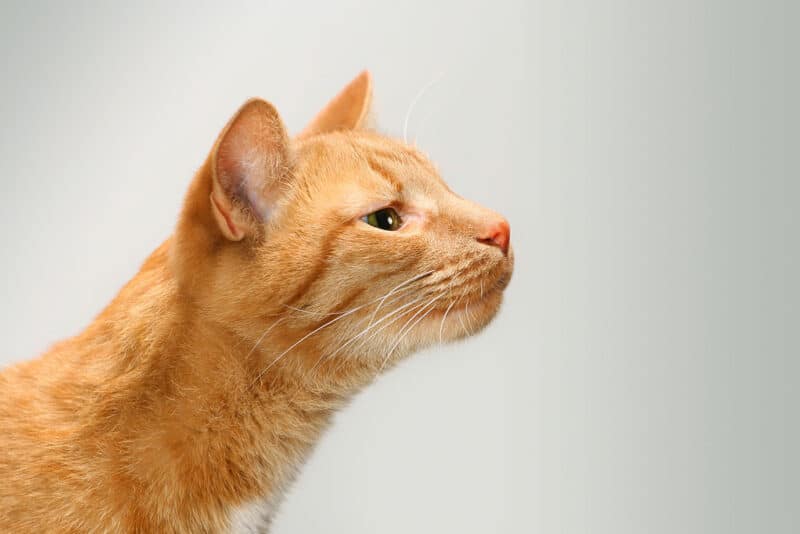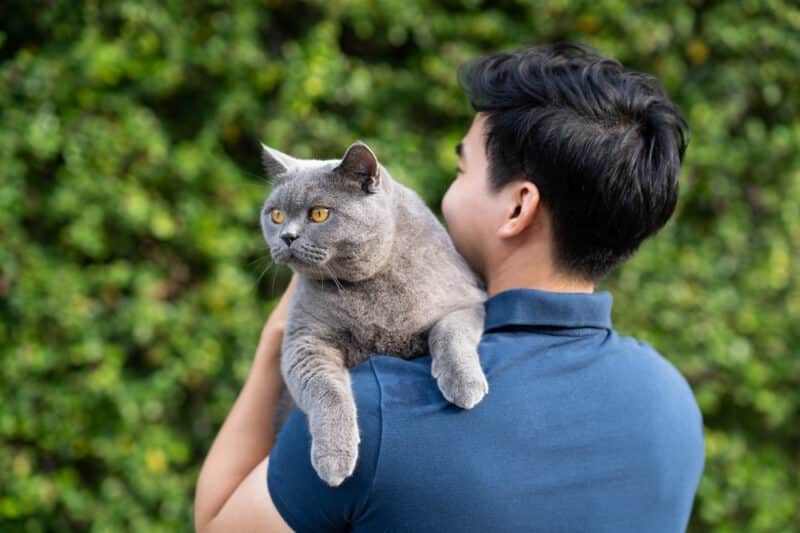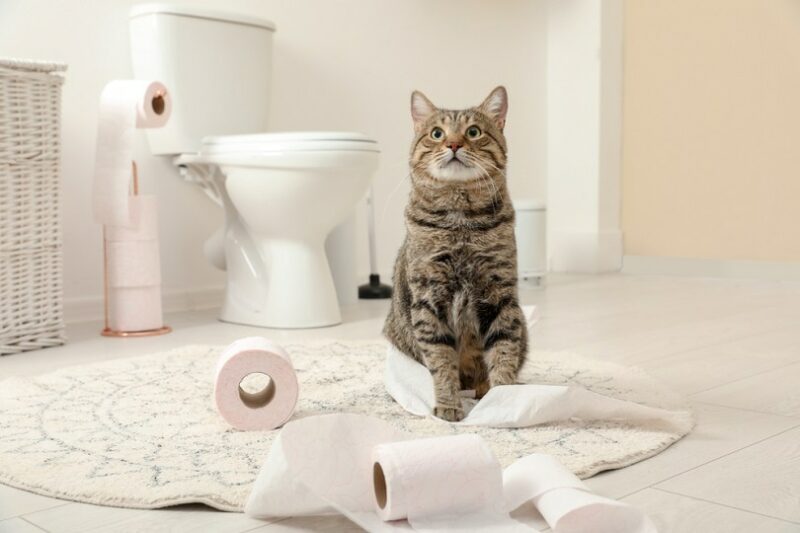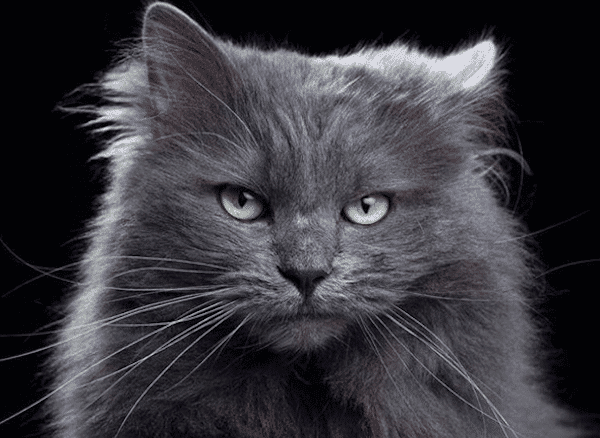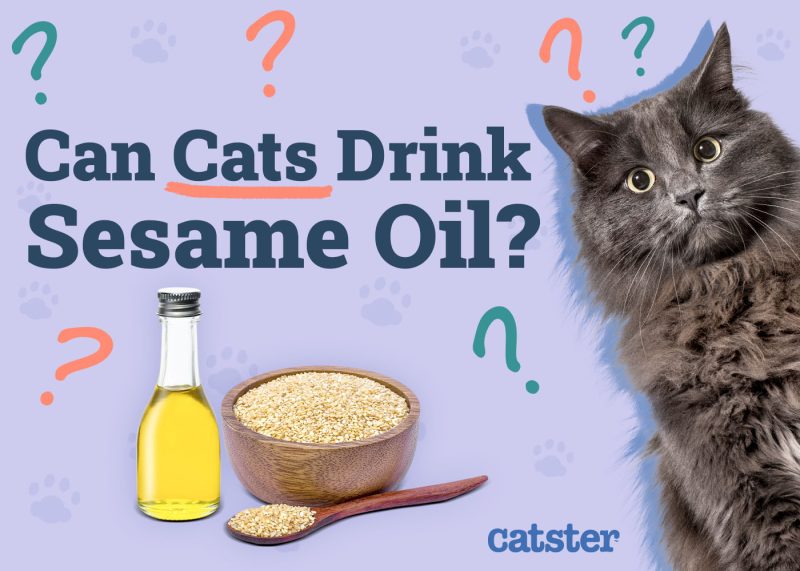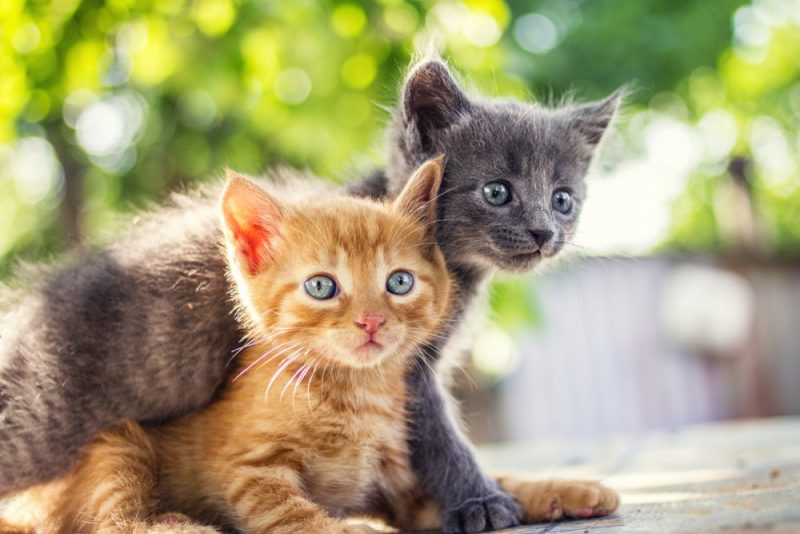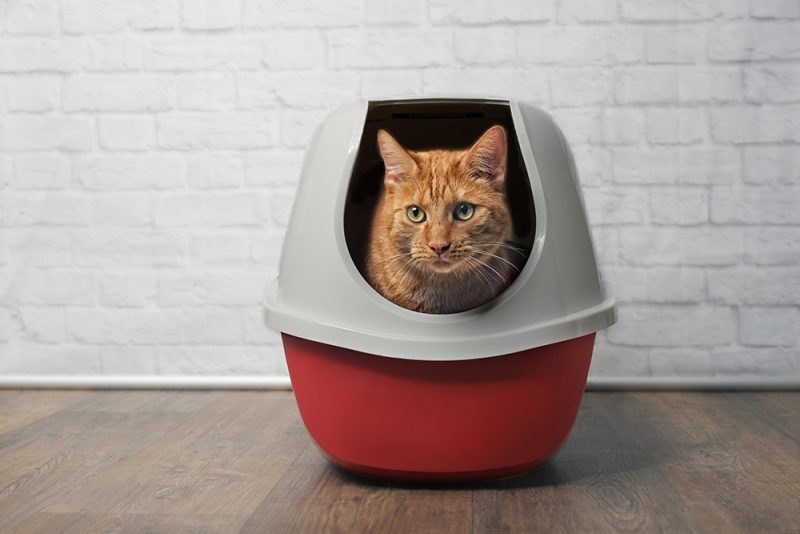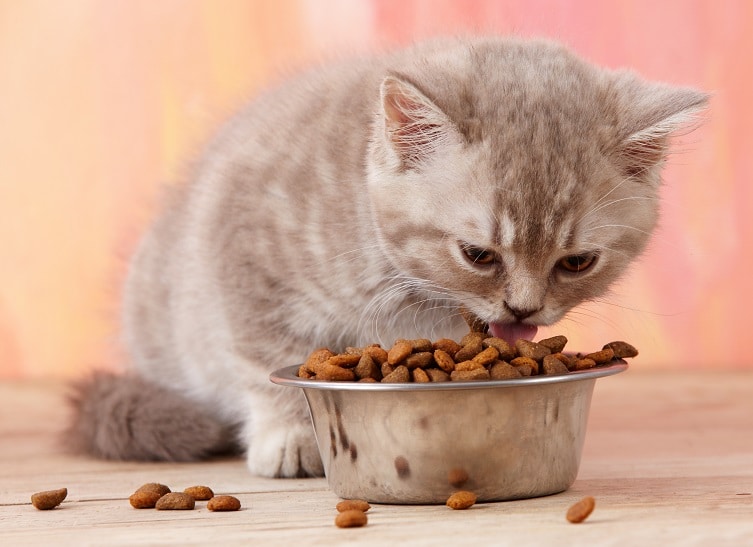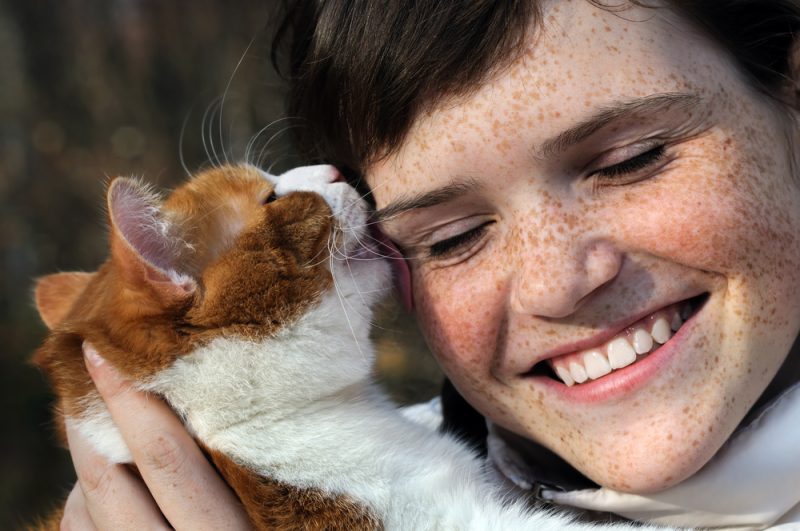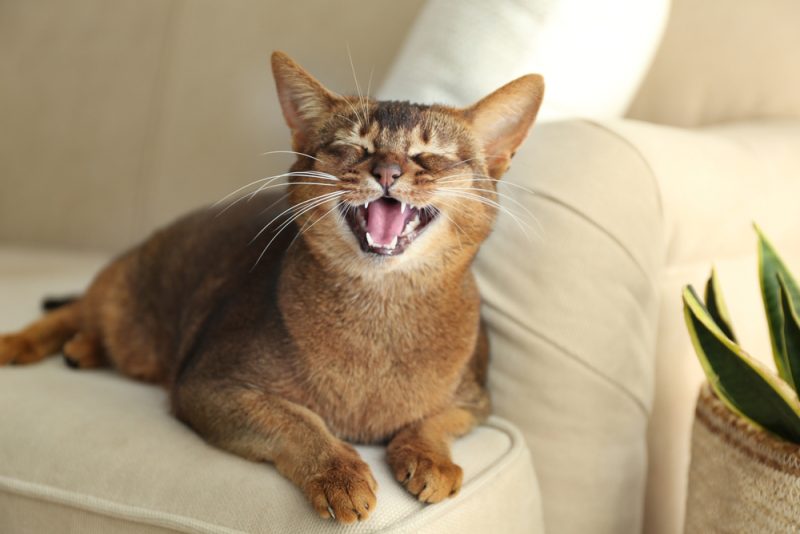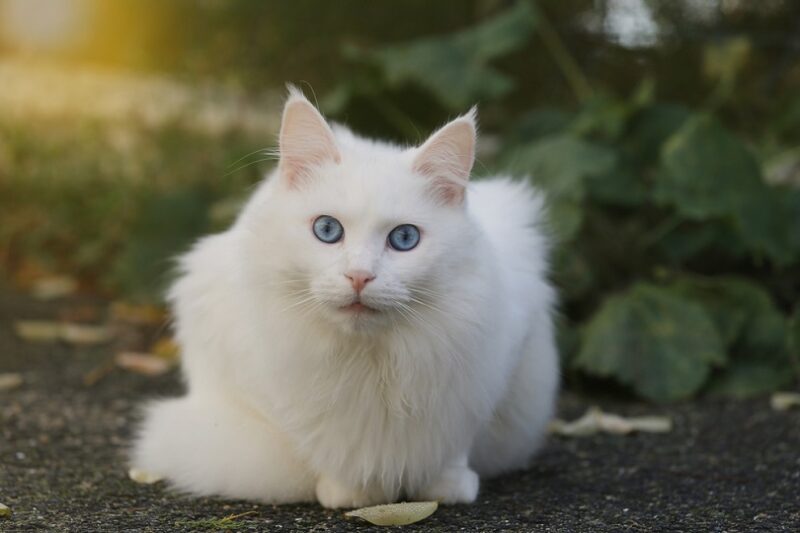In this article
View 3 More +One of the best things that you can do for your cat, other than feeding, brushing, and petting them, is to understand them. That is what will set you apart from other cat owners. If you can learn to understand your cat by observing their body language, you will be able to respond to their needs more appropriately.
So, what exactly does it mean when your cat blinks slowly while looking at you? For the most part, slow blinking is your cat’s way of telling you that they trust and are comfortable around you.
Let’s get into all this slow-blinking business and other feline facial expressions so you can get to know your cat a bit better.

Why Do Cats Slow Blink?
Slow blinking is one of the ultimate signs of trust that your cat can give you. Consider when an animal locks their eyes on prey or a rival. An unblinking stare into their eyes is typically seen as a threat and as a challenge.
When your cat looks at you and slow blinks, they are relaxing their guard; after all, a cat in the middle of a slow blink is vulnerable at that moment. Your cat knows this, so just like when they roll onto their backs and show their bellies in your presence, they are making themselves vulnerable, knowing that they are safe with you.
It is a huge compliment when your cat slow blinks while looking at you!
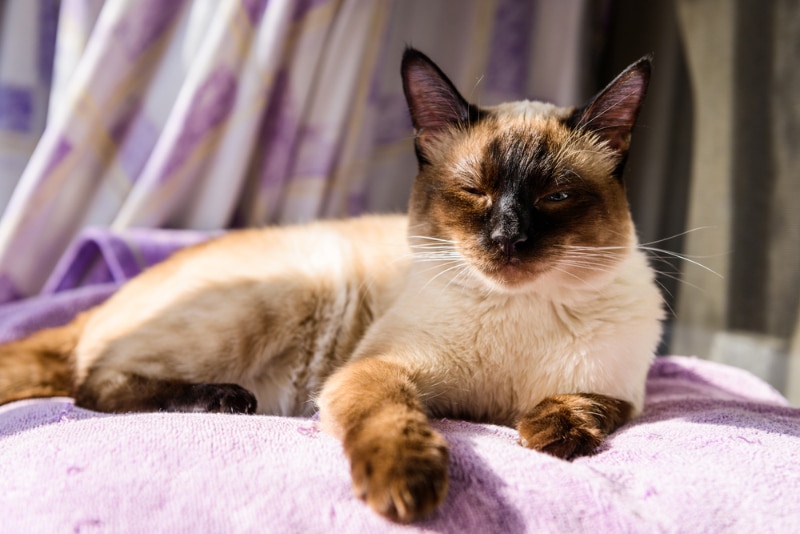
Slow Blinking at Your Cat
In a 2020 study, researchers found that cats were more likely to slow blink after their owners slow blinked at them.1 They took it a step further by leaving the cat alone with a researcher whom the cat didn’t know. The researcher slow blinked at the cat, which led to the cat approaching the researcher’s outstretched hand.
When humans initiate the slow blink, we are telling the cat that we trust them, which will allow the cat to form a positive association with us.
How to Slow Blink at Your Cat
Slow blinking can be done with any cat. If a cat seems nervous or unhappy, you can help to make them feel more relaxed by slowly blinking.
You should only slow blink when the cat is looking directly at you. Just slowly close your eyes, hold them closed for about a second or two, and then open them. That’s all it takes. Research has shown that a cat will even approach a stranger if they are on the receiving end of a slow blink.
If you slow blink at your cat, particularly if they already slow blinked at you, it’s a great way to solidify your bond. Think of it as a kind of communication between the two of you.
How Will Your Cat React to Your Slow Blinking?
Not every cat will react quite the same way. Some cats will take it as an invitation to come over for a pet or cuddle. Other cats will just look away, but this is still a sign of showing trust. A slow blink from you or your cat isn’t always going to end with physical contact. It’s more of a message than an invitation.
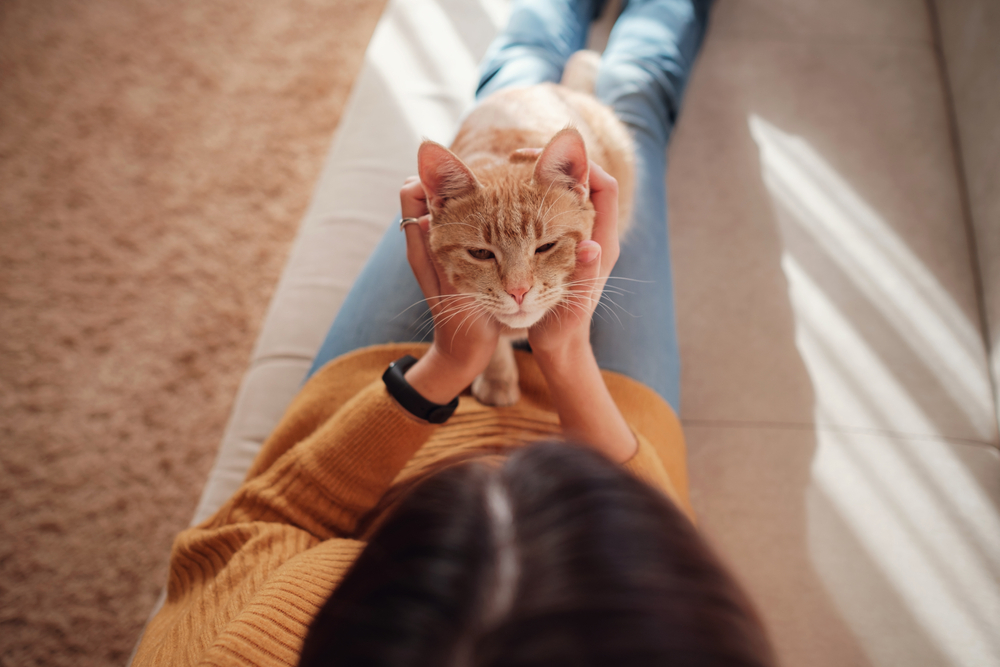
The 4 Other Ways Cats Communicate With Their Eyes
Cats have incredibly expressive eyes! Beyond slow blinking, cats can communicate quite a variety of emotions and moods with their eyes.
Bear in mind that you should also take the cat’s body language into consideration when looking at their eyes.
1. Dominance and Control
When a cat stares without blinking from a distance, this can be an indication of dominance, control, or possibly aggression. This type of stare tends to occur more often in a multi-cat household, and the cat is warning the other pets to stay away. This is typically around food, the litter box, or even other areas considered important territory.
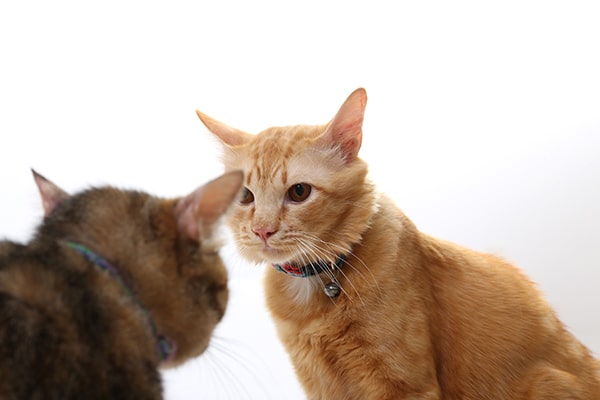
2. Aggression and Fear
When a cat is fearful, they tend to squint their eyes into slits. It helps protect their eyes against whatever is threatening them. This can also be a similar reaction from an aggressive cat.
It’s important to stay away from any cat that is backed into a corner and is slit-eyed—there’s a potential for an attack.
3. Arousal Response
Any sudden and intense emotion, such as anger, excitement, fear, or pleasure, usually results in a rapid dilation of the pupil. Their eyes will go from the usual slit pupil to almost entirely black in a second. This can occur when you’re playing with them or when a sudden noise scares them, to name a few situations.
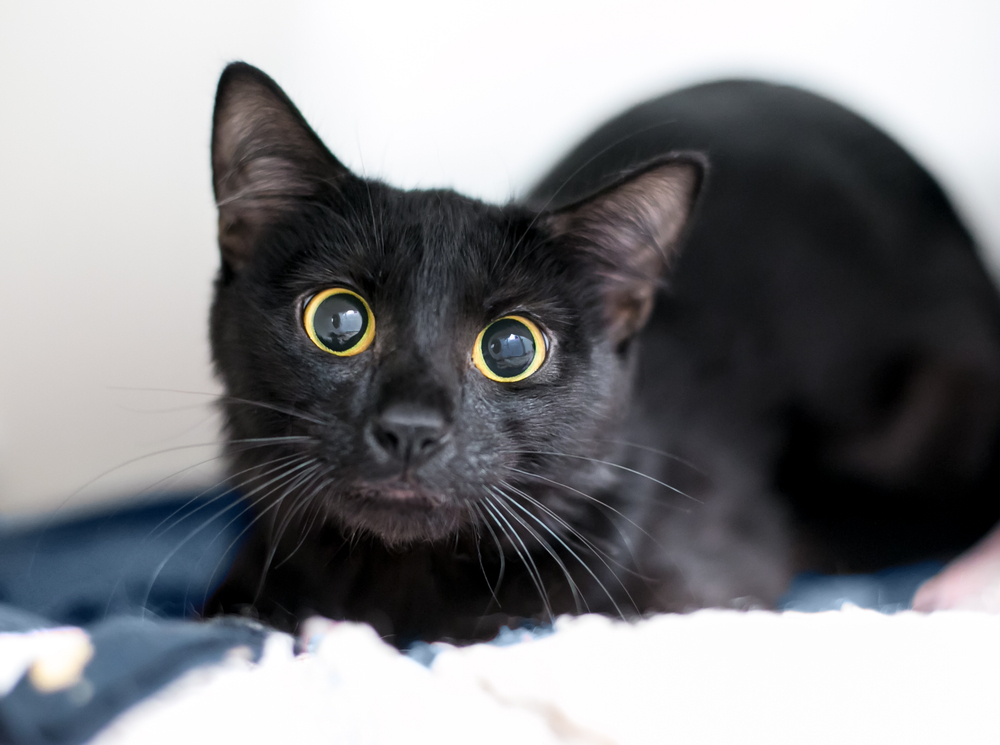
4. Trust
Cats show trust in ways other than the slow blink. A cat shows trust and love when they look at you with soft, open eyes, especially if they also have a relaxed body and are rubbing and head-butting you.

Frequently Asked Questions (FAQ)
What Are the Benefits of Slow Blinking for Any Cat?
It can undoubtedly increase your bond with your cat, but it can also be quite helpful for calming a cat if they are scared or upset. If you work with cats in any capacity, slow blinking can let the cat know that you’re not going to hurt them.
Do Cats Slow Blink at Each Other?
Yes, they do! Just like with us, when cats slow blink at each other, they are communicating that they are not a threat. However, if two cats lock eyes without any slow blinks, this might be a precursor to a fight.
Does a Cat’s Slow Blinks Mean That They Love You?
It can to a certain degree. If it’s a cat that you don’t know, they clearly aren’t telling you that they love you, as they don’t even know you! But if it’s your own cat? Absolutely!
How Do Cats Show That They Love You?
Slow blinking is one way, and here are other ways that your cat can show that they love you:
- Purring in your presence is a sign of a happy and content cat that is showing you love.
- Head bunting is when your cat rubs and bonks their head on you. They are marking you as theirs (cats have scent glands on their foreheads and cheeks).
- Kneading is done when a cat feels super relaxed and happy. It brings them back to when they were kittens nursing from their mothers.
- Grooming is another sign of love. Many cats groom each other, so when your cat tries grooming your hair or just anywhere on your body, this is definitely affectionate.
- Greeting you when you come home means they missed you.
- Rolling on their back is a sign of love and trust. The abdomen is one of a cat’s most vulnerable areas, so when your cat shows you their belly, they are telling you that they know that they can trust you.
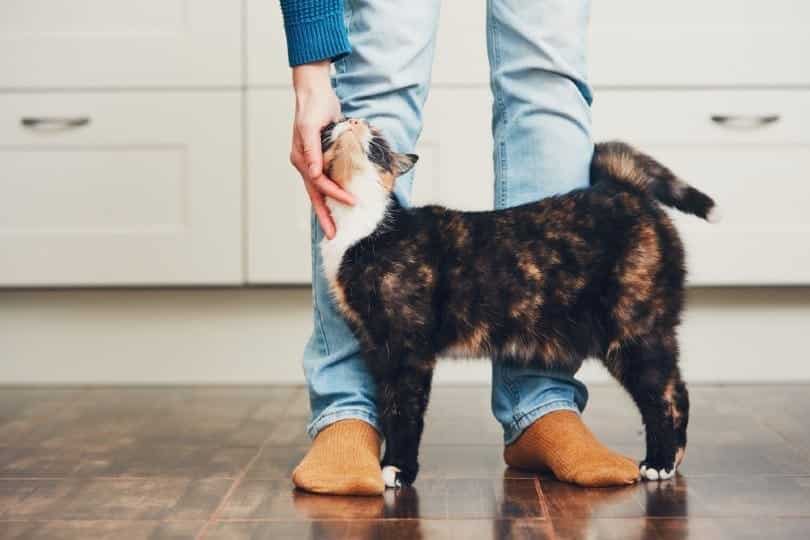

Final Thoughts
Cats are incredibly sensitive and complex animals. Slow blinking is a sign of trust. Any cat that gives you a slow blink means they are feeling quite comfortable with you, and they trust that you don’t mean them any harm. Giving slow blinks right back conveys the same message.
Dogs tend to give clear signs about how they are feeling at any given time. Unfortunately, most people don’t know how to figure out how felines are feeling. So, once you start to understand the cues that your cat is giving you, it will make the bond and love between you that much stronger.
See also:
Featured Image Credit: Mikhail Leypounsky, Shutterstock
